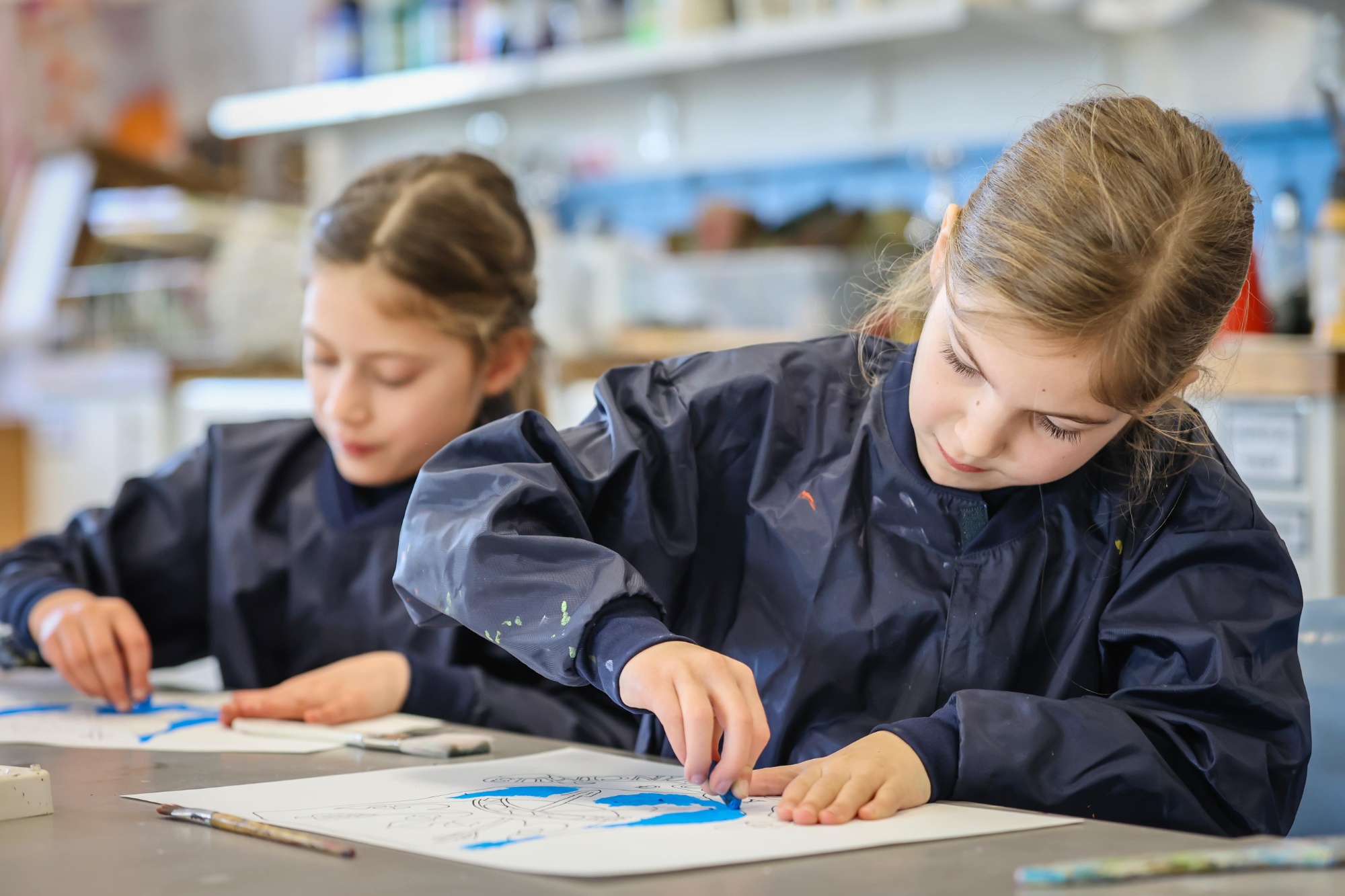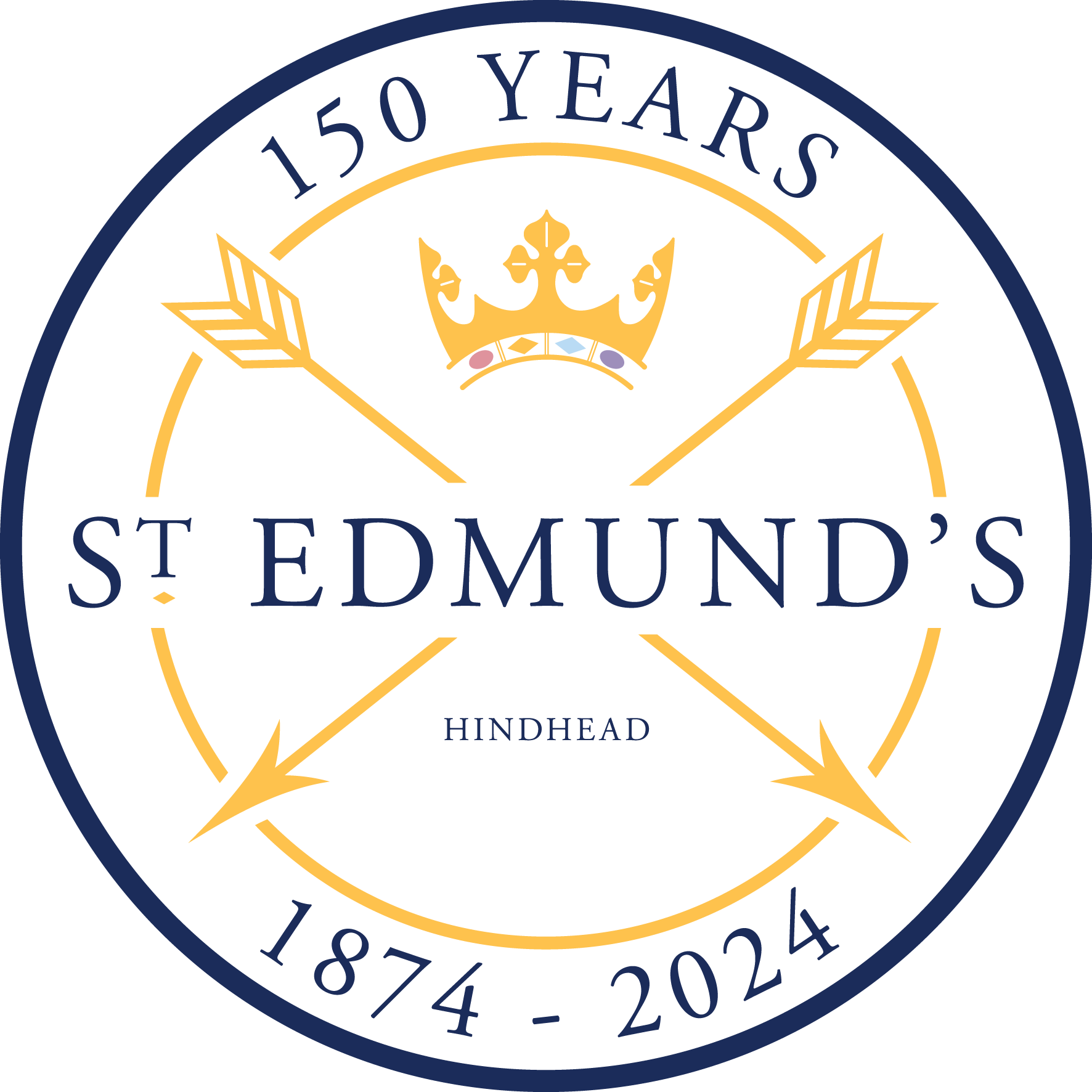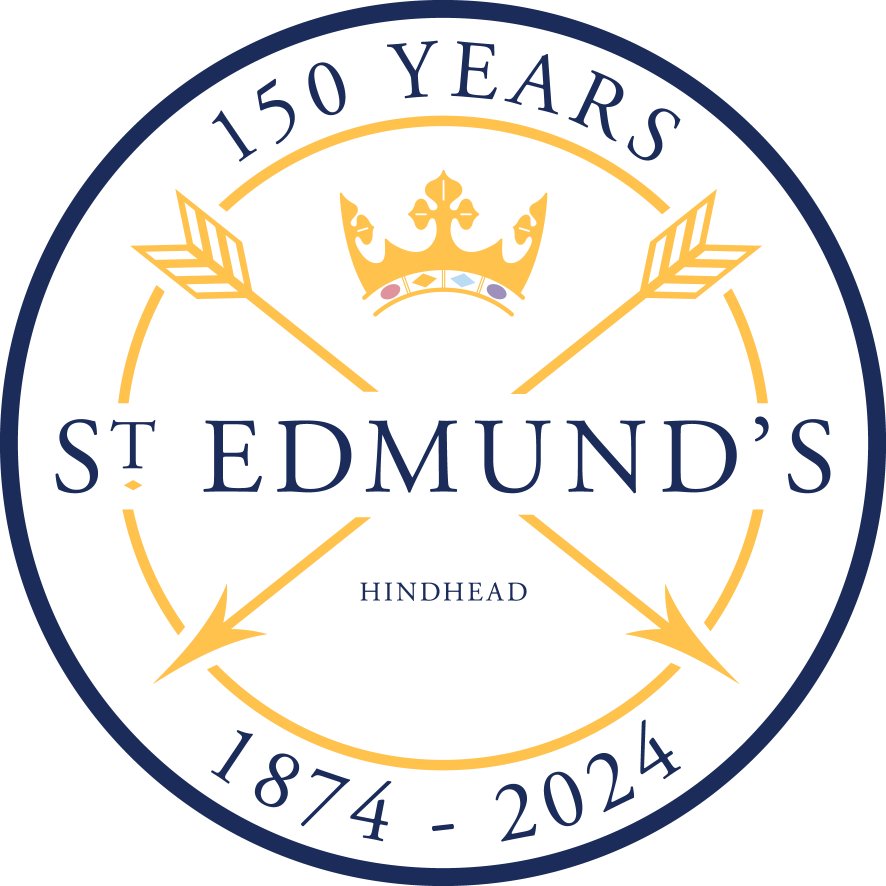Art
Art at St. Edmund's is planned to be as exciting and fun as possible! The ethos is that all pupils should enjoy their lessons, whilst at the same time developing valuable skills in using a variety of media and techniques.
The Art room is currently housed in a large, bright room which is used to teach Art from Form 3 upwards. We are well-equipped and have the facilities to use a wide range of media, from painting and drawing through to textiles, sculpture and ceramics. We also have several computers in order to develop work digitally.
The department's aim is to develop a love of creating; to enjoy and learn from all aspects of the Art & Design process, from sketches to finished pieces and from all levels of ability. Children are encouraged to develop a visual awareness and vocabulary so that they can learn to 'see' rather than look at the world around them.
The children are made aware of the fundamental principles of art and are given the opportunity to use and develop skills in a wide variety of media, so that they can communicate what they see, feel and think. Each child is introduced to a wide range of artists and cultures and they are encouraged to explore the ideas and meanings behind the work. Throughout, the children evaluate their own and others' work, adapting and refining in the light of these evaluations.
Pupils in Forms 3 and 4 have timetabled art lessons on a rotation basis, which are taught in the Art room enabling them to access the wide range of resources there.

The curriculum for Forms 3 and 4 follows three termly projects, which are built around a genre of art, a specific artist or a particular medium of art and design, including clay and textiles. Short research projects encourage the children to understand the context of their project and the skills and techniques being taught.
Recent projects have included Aboriginal Art and Symbolism, where the children have researched and understood the importance of symbolism and created their own symbolic collages. Pupils have also looked at the history and heritage of Mayan weaving and worked in small groups to create their own weave on large looms, incorporating collaboration and teamwork skills into the subject.
A short study of Cezanne allows the introduction to a famous artist, and the use of tone and light in still -life work, as well as a chance to get to grips and experiment with oil pastels. The work of Hundertwasser creates a fantastic inspiration for the use of textiles in creative collage.
The possibilities are endless… experimentation, creativity and individual expression are highly encouraged; fun is mandatory.
The pupils enjoy being in the bright airy space and are always fascinated by the art projects and displays around the room, and take particular interest in the large-scale projects that our older students are working on. It is an interesting and stimulating environment for our younger children to be creative in.


